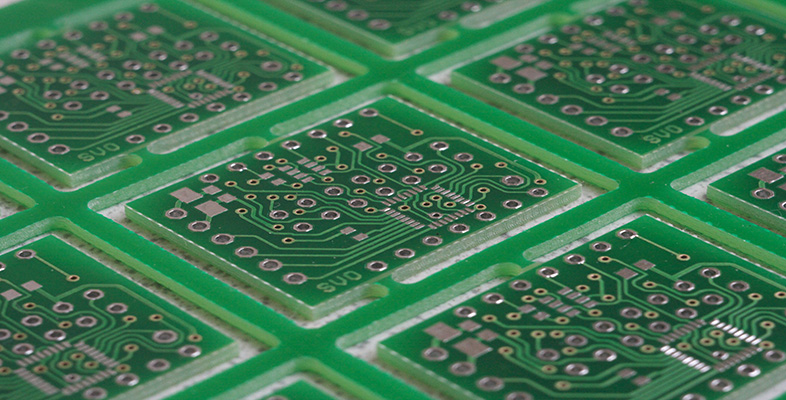1.3 The information society
Networks and the internet
As a result of advances in information and communication technology (ICT), our notions of time and location are changing – distance is no longer a barrier to commercial or social contact for those of us connected to suitable networks. Some people may find it difficult to imagine not having access to the information and services that play a crucial part in their daily lives. Others may feel that they have no part to play in the digital world because their network access is very limited or even non-existent. Some simply don’t care about the digital world, viewing it perhaps as a waste of time. Yet whether we are aware of it or not, digital information is flowing constantly around us.
Consider a computer that is connected to the internet – the one you are using to study this unit, for example. This may be a computer you use at home, in a library or at work; you may use it on the move or in a fixed location. Whatever the case, this computer is part of a complex system consisting of wires and optical fibres, microwaves and lasers, switches and satellites, that encompasses almost every part of the world. The oceans are wrapped in more than a quarter of a million miles of fibre-optic cable with several strands of glass running through it. Each of these strands can carry thousands of simultaneous telephone conversations, a few dozen television channels, or any of a range of other forms of digital content (such as web pages).
This modern communications network enables us to use a mobile phone in the depths of Siberia or take a satellite telephone to the Antarctic (Figure 3), watch television in the middle of the Atlantic, do our banking from an airliner, or play games with a person on the other side of the world. It is one of the greatest technological achievements of the last thirty years and it is so reliable, so omnipresent, that we very rarely stop to think about what actually happens when we dial a telephone number, click on a web link or switch TV channels. Or rather, we tend not to think about it until something disrupts the network – whether it be a widespread problem such as a power cut, or something more localized such as finding ourselves in a rural area with no mobile phone signal.
The end of the twentieth century and the beginning of the twenty-first century are often compared to other historical periods of great change, such as the Industrial Revolution, because of the huge technological changes that are happening in many areas of our lives. These developments are taking place in conjunction with correspondingly large social and economic changes, often characterised by the terms information society and network society. Such notions are frequently referred to by policy makers when driving forward changes in our technological infrastructure: politicians often refer to the inevitability of technological change in our information society and stress the need to be at the forefront of these changes in order to secure future prosperity, for example by developing broadband network infrastructure, by making public services available online, and by equipping schools and local communities with computers.
Activity 2 (exploratory)
Can you think of an example where changes in technology have resulted in changes to your work, social or family life? Have those changes improved your life? Have they created any problems?
Comment
The biggest change for me has been in my ability to work from home. I’m currently sitting at home typing this text on a computer whilst listening to some jazz music, which is also stored on the computer. I’ll shortly email my document to a colleague, who will be able to read it a few seconds later.
My first job required me to travel to my employer’s premises every day and share an office – and a single telephone – with ten other people. When I needed to write a report I would do it with a pen and paper for someone else to type up. A few days later I’d get it back to check and the typist would make any corrections with something called ‘correcting fluid’.
Being able to work from home has improved my life considerably. Not only does it save me the time and money that used to be spent on travelling, but being able to listen to music while I work helps me concentrate, as well as making the job more enjoyable. On the down side, the boundaries between my home life and my work life have become very blurred, as my wife will confirm. So on the whole I feel the changes are positive, but there are some disadvantages as well.

